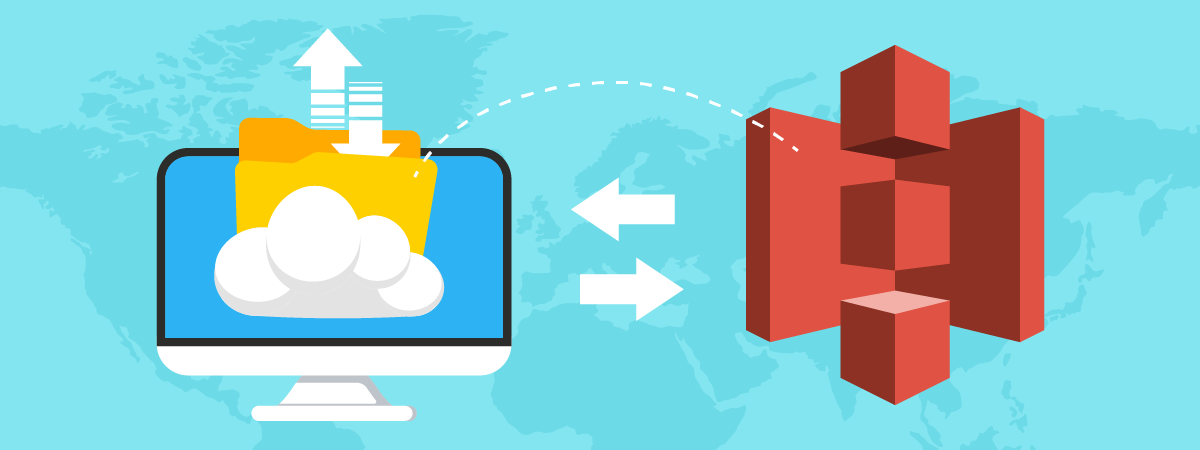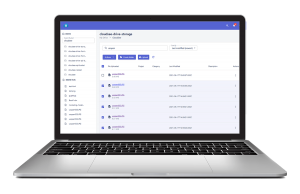Getting Started with AWS S3 Storage
Organizations of any size and in any industry can use Amazon S3 buckets to facilitate public cloud storage. In Amazon Web Services’ (AWS), Simple Storage Service (S3) stores objects, which consist of data and descriptive metadata. Many companies deploy S3 for their websites, mobile apps, application file storage, and backups. S3 environments are flat structures — you create a bucket, and then the bucket stores objects (e.g., files, documents, photos, videos) in the cloud. S3 buckets are scalable, reliable, and secure.
Getting Started with S3 Storage
You can create up to 100 buckets in your AWS cloud account. For each bucket, you control access (create, delete, and list objects), monitor access logs, and the geographical region to use for storage. To set up a bucket, you sign in to your AWS account. If you don’t have one, you can sign up anytime. Then, you create your S3 bucket, selecting the options such as size & region in the setup. Finally, you start using your bucket. You simply add an object — such as a text file, photo, or video — to the bucket. You pay for storing objects in your S3 buckets. Rates depends on your S3 bucket size, how long you stored the objects during the month, and the storage class. There are no retrieval charges.
S3 Storage Classes
You can choose from a few different storage classes to suit your particular performance, resiliency, and cost requirements.
General Purpose
Amazon S3 Standard
Best for frequent data access where the latency should be low.
Infrequent Access
S3 Standard-Infrequent Access (S3 Standard-IA)
When your data is accessed infrequently and stored in a single region.
Archive
S3 Glacier Flexible Retrieval (formerly S3 Glacier)
When your data needs to be archived, and high performance is not required.
S3 Glacier Instant Retrieval
When your archived data may need immediate access,
S3 Glacier Deep Archive (S3 Glacier Deep Archive)
For long-term archive and digital preservation with retrieval in hours at the lowest cost storage in the cloud.
Unknown or Changing Access
S3 Intelligent-Tiering
Provides automatic cost savings for data with unknown or changing access patterns.
Managing S3 Buckets
From the console, it’s easy to deploy and configure S3 storage. After you create buckets, you can upload objects to Amazon S3. You can also use versioning, storage classes, object locking, batch operations, replication, and tags.
Amazon S3 Security
By default, users only have access to the S3 resources they create, but you can grant access to other users. The most common ways are to use AWS Identity and Access Management (IAM) to create users and manage their respective access or to use Access Control Lists (ACLs) to enable authorized users to access individual objects.
Monitoring S3
AWS provides tools like Trusted Advisor, CloudWatch, and CloudTrails to monitor Amazon S3. You can monitor buckets manually or configure the tools to do the monitoring for you.



Leave A Comment